BYD's 5-Min Charging Will Make Your Tata Nexon, Mahindra BE 6, XEV EVs Obsolete Soon
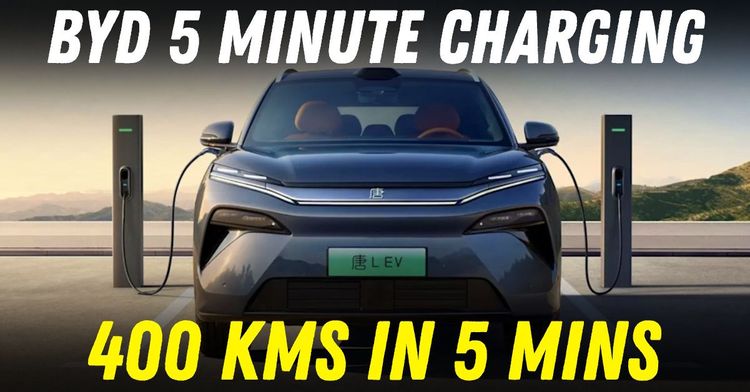

BYD, China's leading electric vehicle (EV) manufacturer, has introduced a revolutionary charging system that delivers up to 1,000 kilowatts (kW) of power. This breakthrough allows vehicles to gain approximately 400 kilometers (249 miles) of range in just five minutes—comparable to refueling a petrol car.
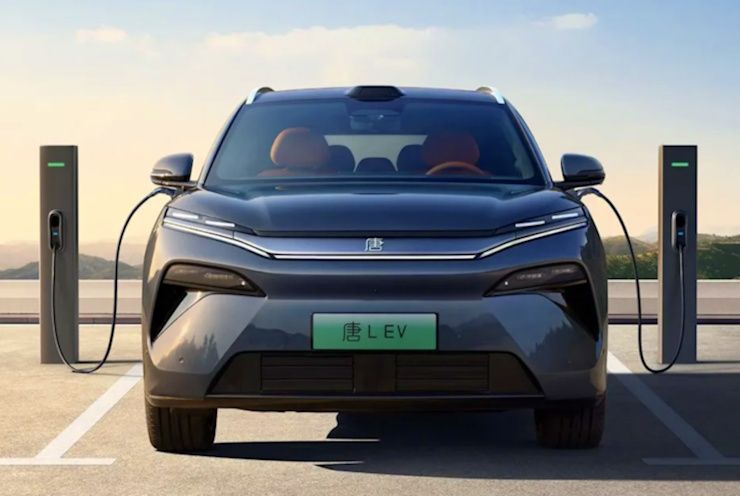
The first models to feature this technology will be the Han L sedan and the Tang L SUV, scheduled for release in April 2025 in China. To support this development, BYD plans to install over 4,000 ultra-fast charging stations across China, aiming to eliminate long charging waits and significantly boost EV adoption.
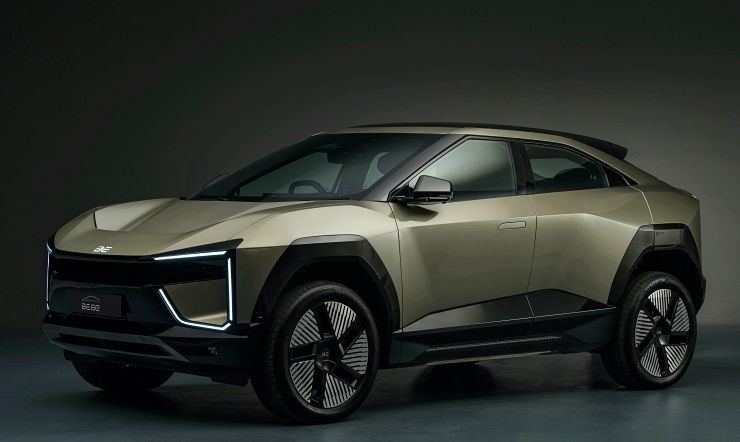
May be, maybe not. But this development is poised to disrupt the EV industry—in fact the entire auto industry—by setting a new benchmark for charging speeds. Basically, traditional [ICE cars] can no longer claim the lead at the fuel stop. It also raises concerns about the obsolescence of existing EVs, as slower-charging models may become less attractive in comparison.
Achieving such rapid charging requires overcoming several technical challenges, primarily managing heat and efficiency. BYD has introduced two key innovations to make this possible:
• Reduced Internal Resistance: BYD has developed a new battery structure that minimizes internal resistance, reducing heat generation and enabling ultra-fast charging without compromising battery life.
• Silicon Carbide Power Chips: These chips efficiently handle high-voltage, high-current charging, improving overall system efficiency and reliability.
With these innovations, BYD’s system achieves a 10C charging rate, meaning the battery can fully charge in one-tenth of an hour. In comparison, a home charger delivers about 2.3 kW, while Tesla’s Superchargers offer up to 250 kW—a fraction of BYD’s 1,000 kW capability.
BYD’s charging speeds significantly outperform those of industry leaders like Tesla and other Chinese automakers.
While Tesla’s charging infrastructure is the largest globally, BYD’s superior charging speed gives it a distinct advantage, especially in emerging markets like India, where long charging times remain a major barrier to EV adoption.
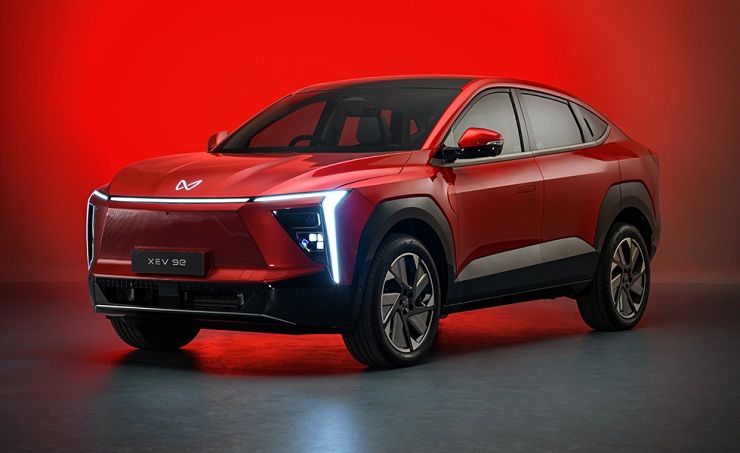
The Indian EV makers are still quite some way behind the global players. Two recently launched Mahindra EVs, the BE 6 and XEV 9e bring competitive fast-charging capabilities to the Indian EV market. Both models support DC fast charging, enabling a 20% to 80% charge in just 20 minutes when connected to high-power chargers.
The BE 6 is equipped with a 175 kW DC fast charger, compatible with both its 59 kWh and 79 kWh battery variants. Meanwhile, the XEV 9e offers even greater flexibility, supporting a 175 kW or 180 kW charger for its 79 kWh battery and a 140 kW charger for the 59 kWh version.
India's EV industry is still in its early stages but is growing rapidly due to government incentives, rising fuel prices, and environmental concerns. However, two major barriers remain: charging infrastructure and long charging times. BYD’s fast-charging technology could help overcome these challenges by making EVs as convenient as petrol vehicles.
• Reduced Charging Anxiety: Indian consumers often worry about EV charging time. A five-minute charge could significantly boost consumer confidence and adoption rates.
• Improved Infrastructure: If BYD extends its ultra-fast charging stations to India, it could address the country’s current lack of high-speed EV chargers.
• Competitive Pricing: BYD typically offers more affordable EV options compared to Tesla, making it a strong contender in India’s price-sensitive market.
• Grid Infrastructure: India’s power grid must be upgraded to support high-speed charging stations.
• Investment Requirements: Establishing a charging network requires substantial investment and government support.
• Adoption Timeline: Even with technological advancements, mass adoption will take time due to logistical and regulatory hurdles.
Despite these challenges, if implemented successfully, BYD’s technology could be a turning point for India’s EV revolution.
While faster charging is a huge leap forward, it also creates a problem for existing EV owners: technological obsolescence. Just like smartphones, EVs are evolving at a rapid pace, and models with slower charging capabilities may soon lose their appeal.
Key Factors Affecting Resale Value:
• Charging Speed Disparity: Newer EVs with five-minute charging will be more desirable, making older models depreciate faster.
• Battery Technology: Advances in battery lifespan and efficiency could make existing lithium-ion batteries outdated.
• Consumer Preferences: Buyers will prioritize convenience, pushing automakers to phase out slower-charging models sooner than expected.
For current EV owners, this means that resale values may drop significantly, especially for models that take longer to charge. This also highlights a dilemma for new buyers: Should they wait for next-gen EVs, or invest in current models that may soon be outdated?
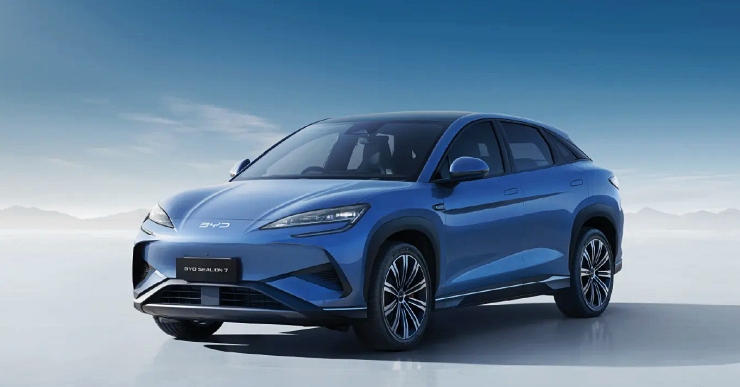
BYD’s 5-minute charging technology is a milestone for the EV industry, setting a new standard for convenience and efficiency. However, it also raises important questions about EV obsolescence and resale values.
For Indian consumers, this innovation could be transformative—provided that the necessary infrastructure investments are made. With fast-charging EVs becoming the new benchmark, automakers must adapt quickly or risk being left behind.
While BYD’s vision of ultra-fast charging is promising, its mass adoption will depend on cost reductions, infrastructure expansion, and regulatory approvals. One thing is certain:
The days of long EV charging times are numbered, and the future belongs to those who can keep up with innovation.